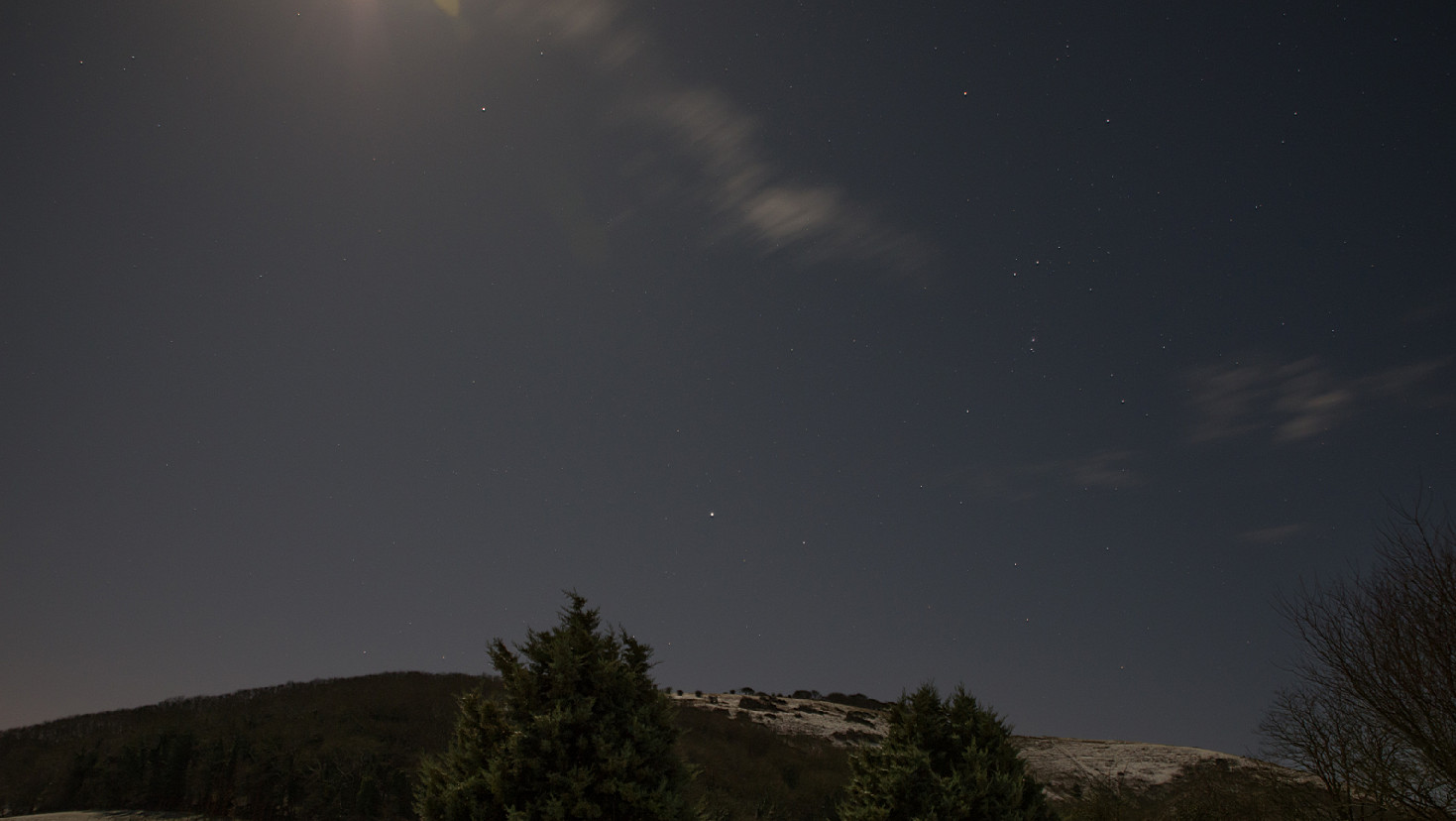 Originally posted by peterh337
Originally posted by peterh337 
and a sensor which can combine linear and angular motion should cope with that.
I am going to do some tests to establish the exposure time at which the trails start to appear.
Sure, but it always depnds on the way the camera is pointed. When pointed at, or near the celestial center, as in your example, the tracking will be much more efficient. But if you look at the diagrams provided by Nass and at the DCShooter's picture
in this discussion, you will see that with a wide angle lens there are also plenty of situations where it's physically impossible to correct for each an every star movements by moving the sensor. Some would need an almost linear correction, some would need a clockwise rotation, and others would need a counterclockwise rotation. Obviously, the astrotracer can't do all these movements at the same time and the choice has been made to correct for what is in the center, which kind of make sense. And this is not even considering the distorsion of the lens which can be significant on the edges of a wide angle lens, even good ones, that astrotracer can't do nothing about.
This is much less a problem with longer FL since the covered angular area of the sky will be less and the stars will thus show a more uniform movement pattern. Which can be more easily corrected by astrotracer than the complex ones often observed with WA.


 Similar Threads
Similar Threads 













 Post #18 by Stone G.
Post #18 by Stone G.








